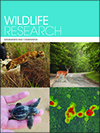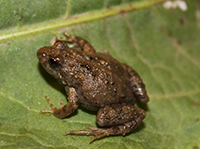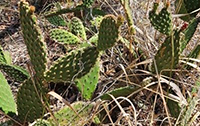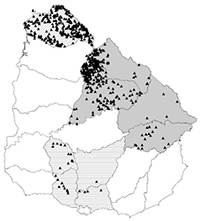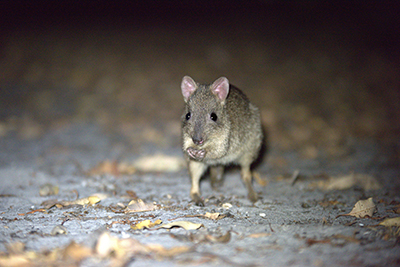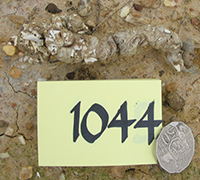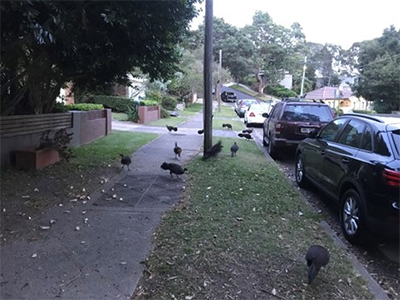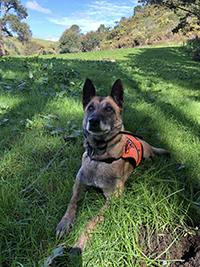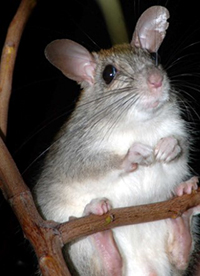Managing habitat for threatened species in peri-urban environments is increasingly difficult as rapid urban expansion occurs. This study modelled habitat for Sloane’s Froglet, a little-known endangered Australian amphibian, at waterbody and microhabitat scales, showing that wetlands with adjacent shallow overflows and small stem-diameter reeds are essential for the species’ survival. Habitat needs should be considered in assessing development proposals and designing constructed wetlands, including stormwater retention ponds. Photograph by Alexandra Knight.
WR23032 Abstract | WR23032 Full Text | WR23032PDF (1.4 MB) Open Access Article


